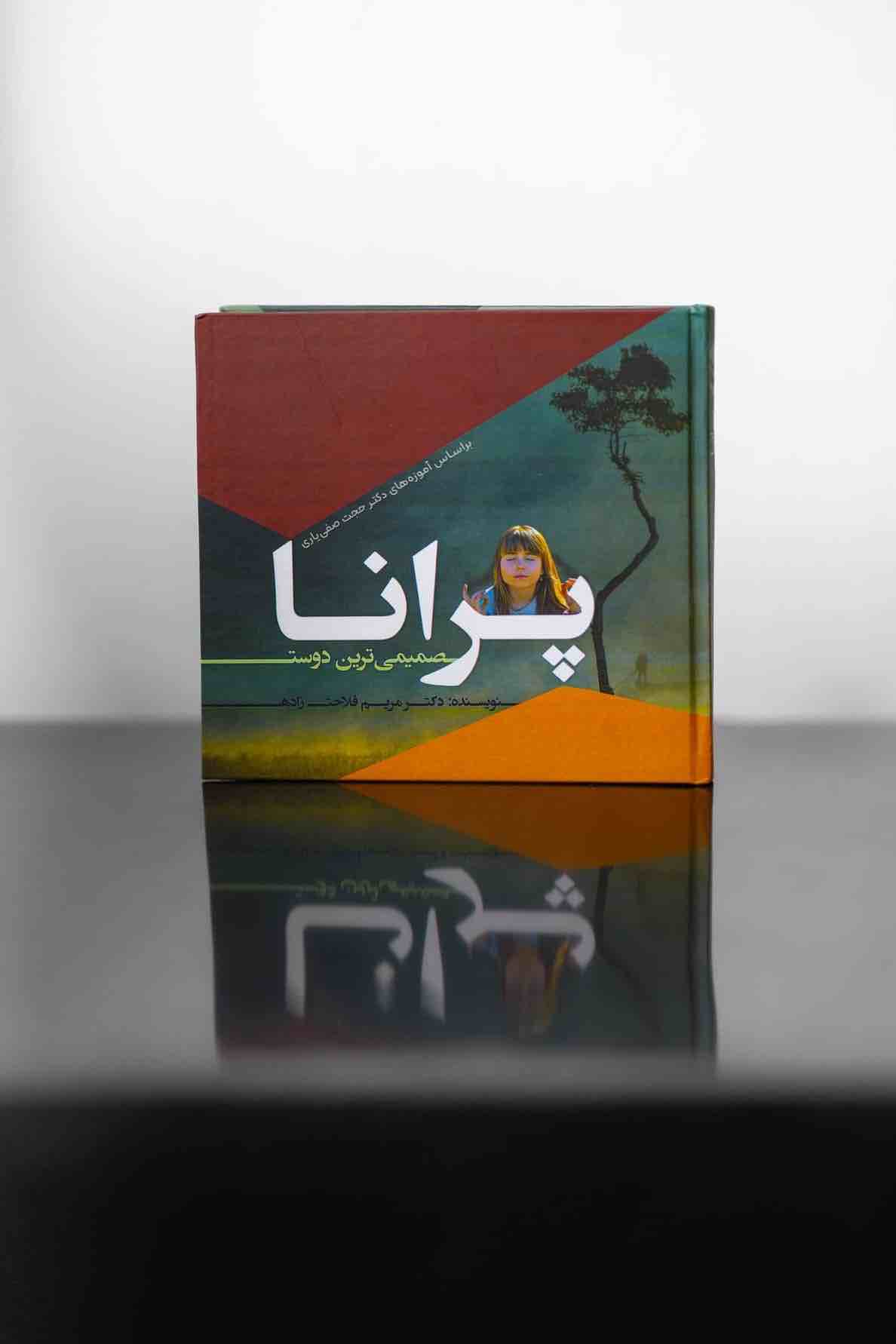دکتر پیچک مشاور و راهنمای سلامت با رویکردی طبیعی و جامع
با تکیه بر آموزههای آیورودا، دکتر پیچک همراه شماست تا تعادل جسم و جان شما را بازیابد و تجربهای تازه از سلامت پایدار را آغاز کنید. ایشان با سالها تجربه در حوزه سلامت طبیعی، خدمات مشاورهای تخصصی، درمانهای گیاهی و برنامههای جامع بهبود سبک زندگی ارائه میکند. دکتر پیچک معتقد است هر فرد با تغییر سبک زندگی و اتکا به توان شفابخش طبیعت میتواند به بالاترین سطح تندرستی دست یابد. اعتماد شما بزرگترین پشتوانه ماست؛ با راهنماییهای حرفهایِ ایشان، زندگی پربارتر و سالمتری را تجربه خواهید کرد.
Latest Books
آخرین کتاب های ترجمه شده
در این بخش میتوانید با تازهترین کتابهای ترجمهشده توسط دکتر پیچک آشنا شوید؛ آثاری ارزشمند در حوزه آیورودا، سبک زندگی سالم و درمانهای طبیعی. هر کتاب راهنمایی کاربردی برای ارتقای سلامت جسم و آرامش ذهن است و میتواند همراه شما در مسیر تجربه زندگی متعادل و آگاهانه باشد.
دیدن همهConsultation
مشاوره آیورودا
آیورودا یک سیستم درمانی جامع است که از روشهای طبیعی برای بازگرداندن توازن به بدن و ذهن استفاده میکند. در مشاورههای اختصاصی آیورودا، وضعیت دوشاها (پراکریتی) و شیوه زندگی شما بررسی شده و بهترین راهکارهای تغذیهای، گیاهی، ورزشی و درمانی برای ارتقاء سلامت شما ارائه میشود.
فرم مشاورهProducts
محصولات برگزیده
محصولات تماما گیاهی بر پایه طب آیورودا
پودر ریشه گیاه آشواگاندا بر پایه طب آیورودا
500,000 تومان.avif)
گیباتر
400,000 تومان.avif)
گیباتر آشواگاندا
450,000 تومان.avif)
Latest Articles
آخرین مطالب
از آخرین مطالب و مقالات آگاه شوید

انتخاب روغنهای ماساژ
انتخاب روغن مناسب برای ماساژ میتواند تأثیر فوقالعادهای بر سلامتی و تعادل بدن داشته باشد. 🌿 با توجه به دوشای خود، روغن مناسب را انتخاب کنید و از فواید بینظیر آن لذت ببرید.
مجله علمی
29 اکتبر 2025، ساعت 12:39

The effect of ginseng supplementation and health outcomes: A GRADE-assessed systematic review and meta-analysis of randomized controlled trials
Ginseng supplementation may improve inflammatory profiles and support cardiometabolic health, according to a comprehensive review of 44 randomized controlled trials.
مقالات ISI
19 اکتبر 2025، ساعت 14:17

زندگی سالم
سبک زندگی سالم آیورودا بر هماهنگی با طبیعت، روتینهای مشخص و میانهروی استوار است. آیا میدانید چگونه میتوانید سلامت جسم و ذهن خود را حفظ کنید؟
مجله علمی
28 اکتبر 2025، ساعت 11:21
دیدن تمامی مقالات
Newsletter
عضویت در خبرنامه
برای دریافت آخرین اخبار در خبرنامه دکتر پیچک عضو شوید.


.jpeg)